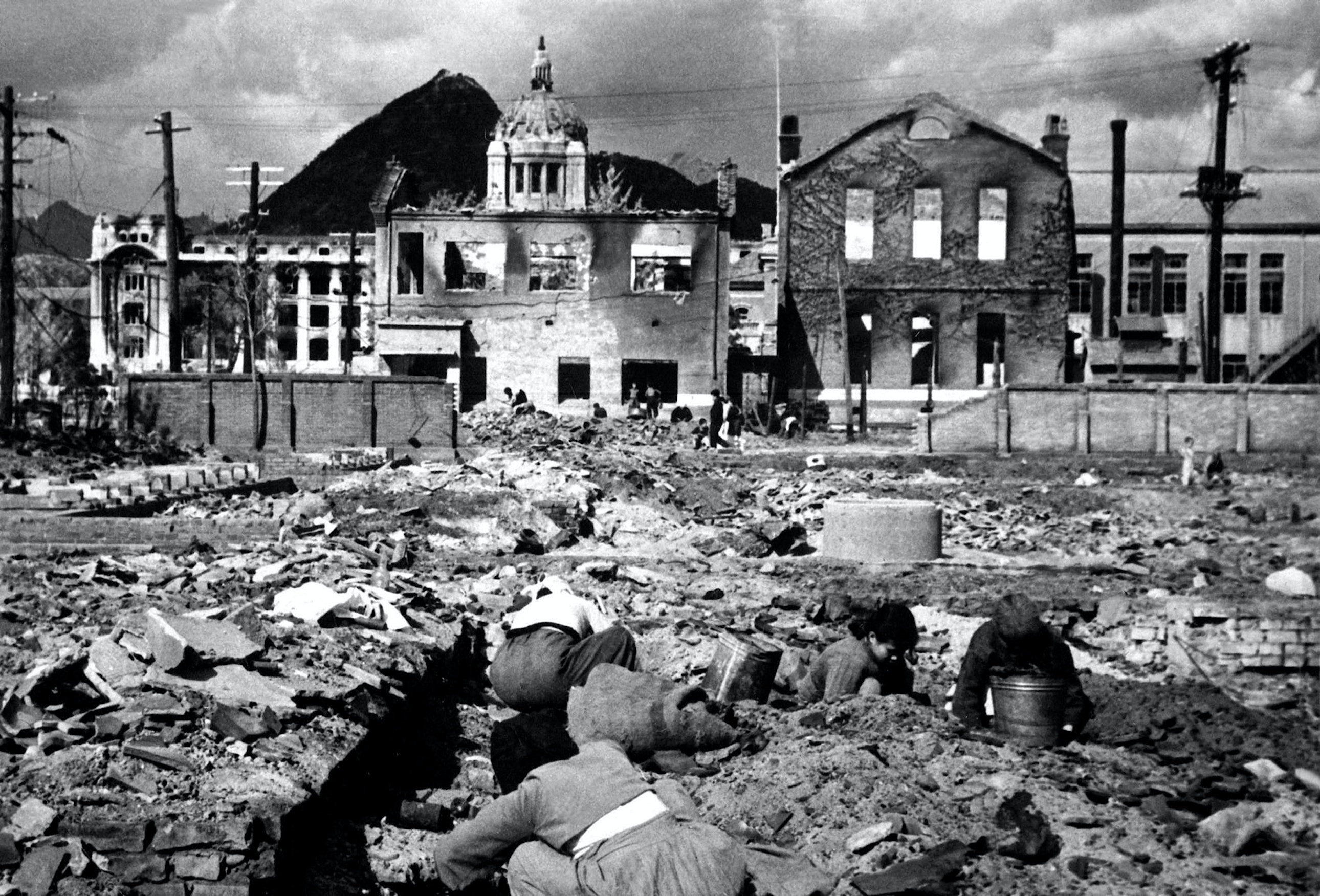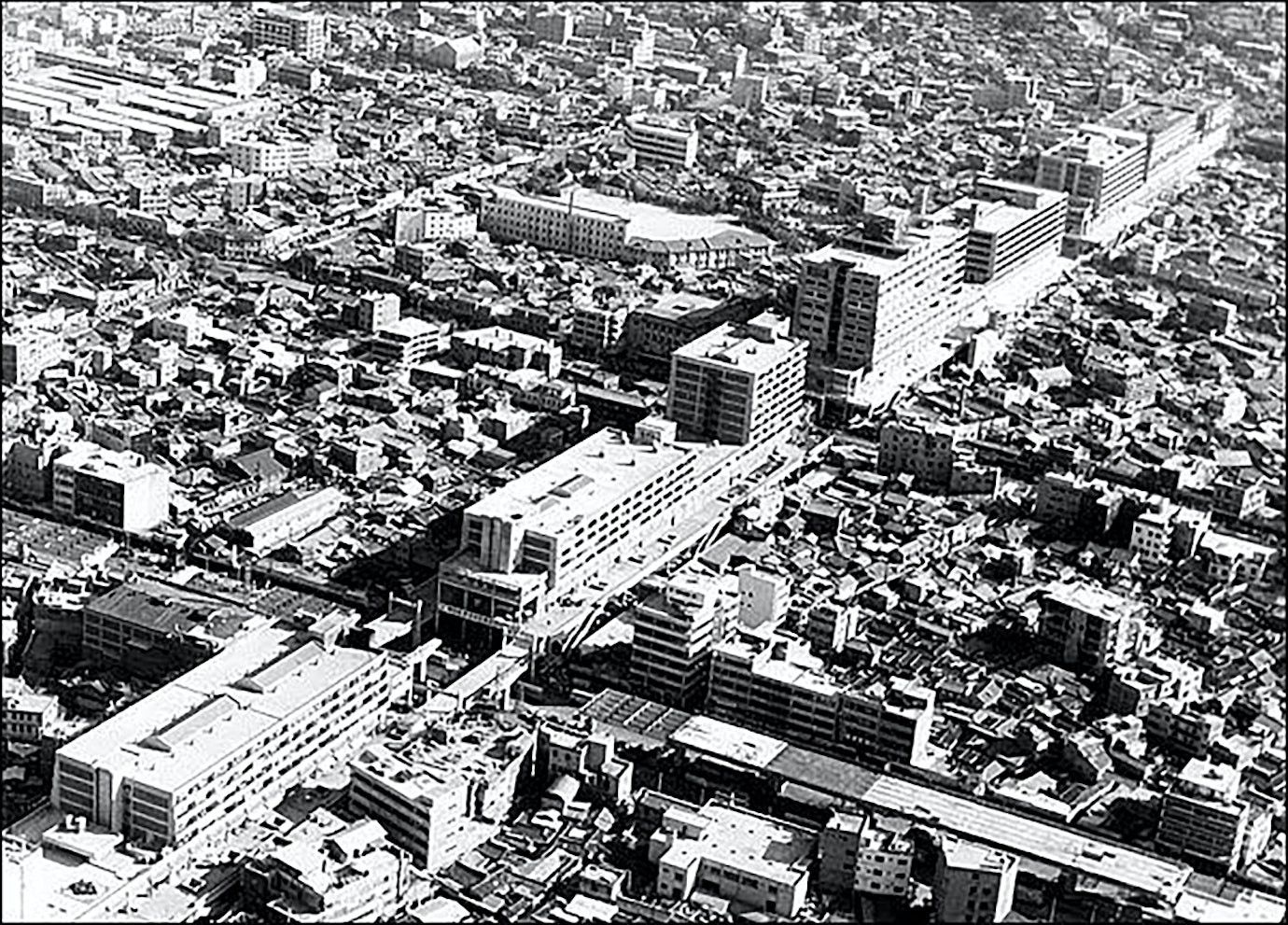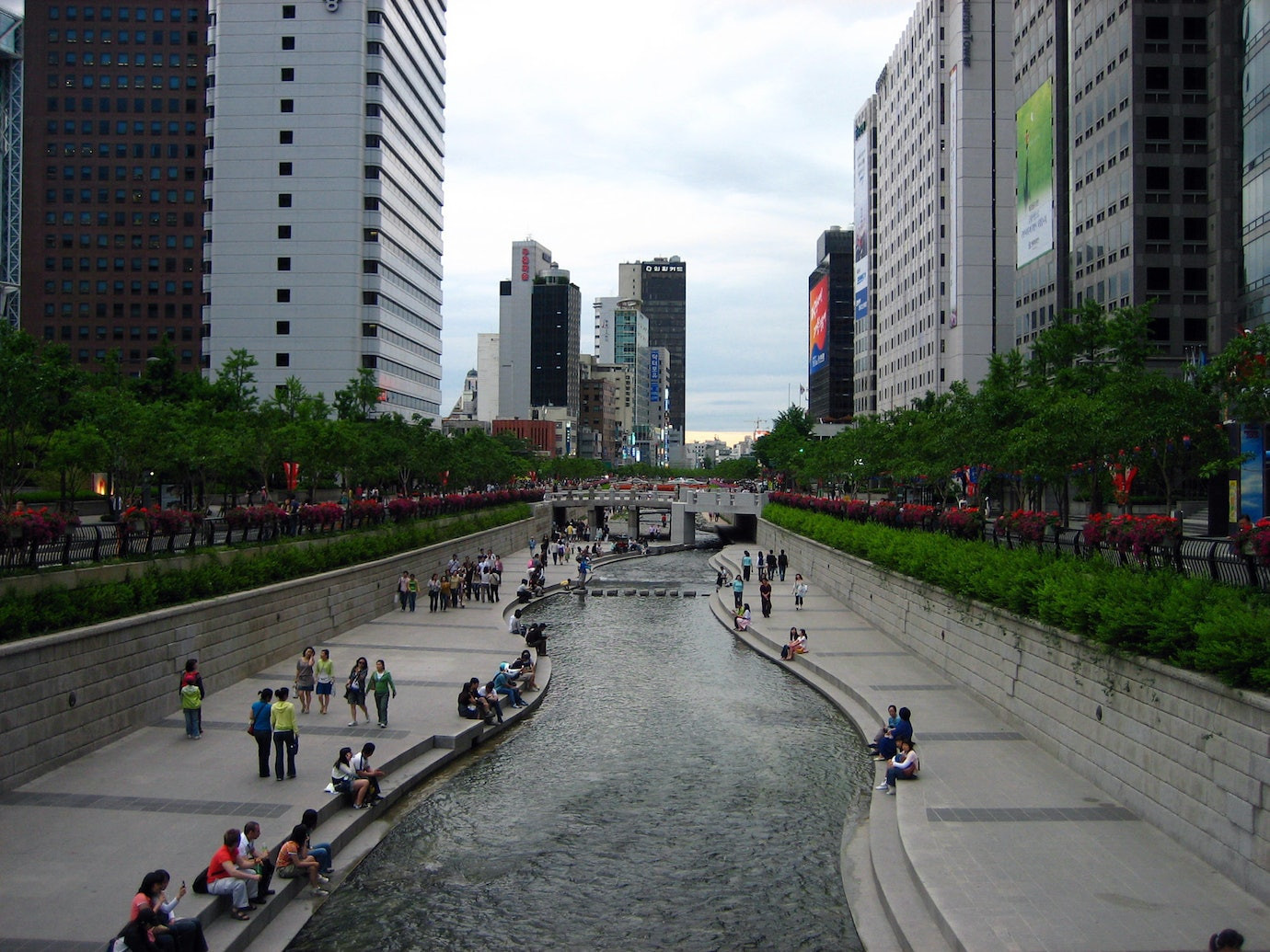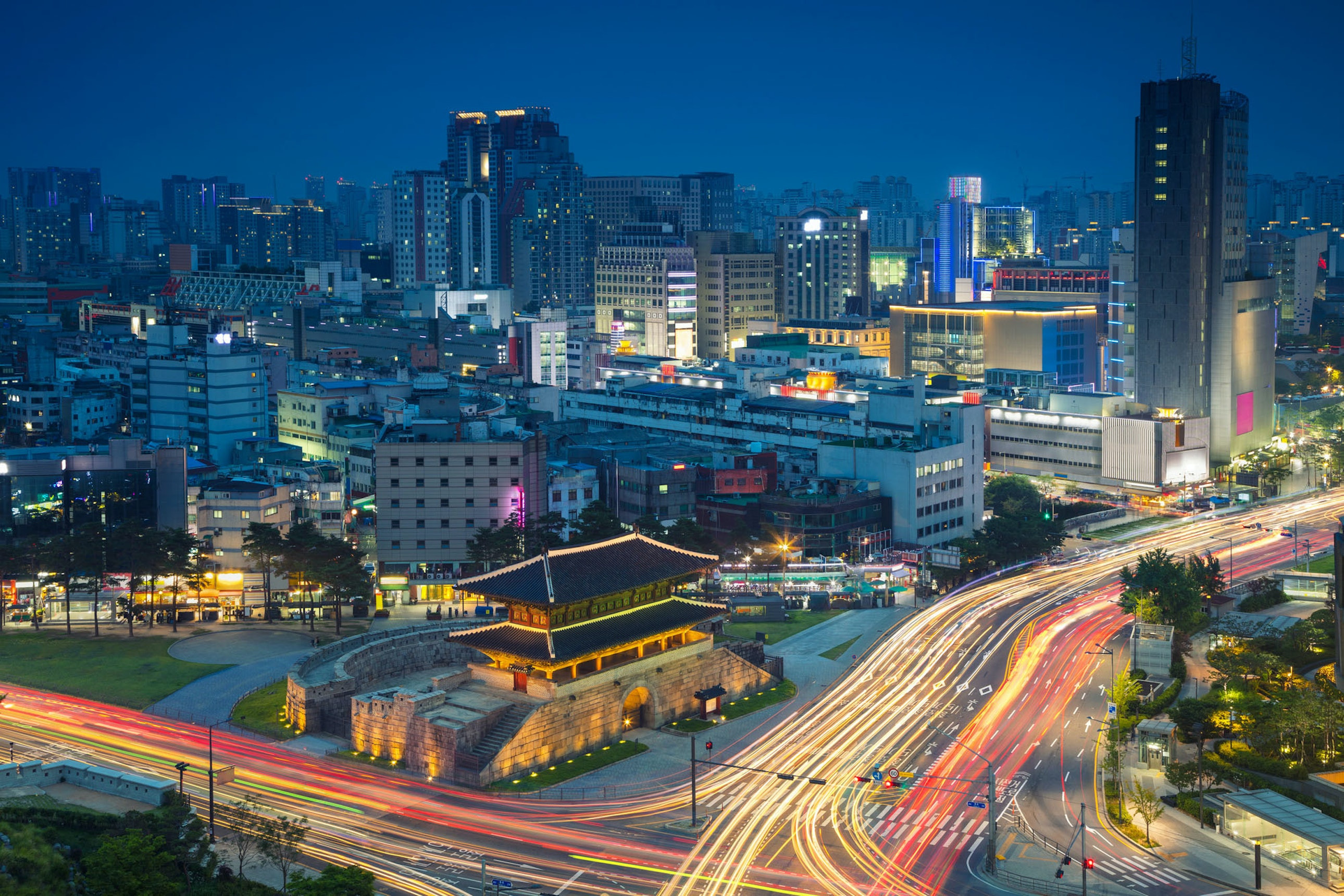In order for the restoration of Ukraine to be effective, we must study international experience, consider and avoid the mistakes of other states, use the best practices of construction.
Since the beginning of the war, the Transparent Cities program of Transparency International Ukraine has been exploring the world experience in rebuilding cities after wars and disasters. Today, we will talk about Seoul — a city that was occupied four times and destroyed during the Korean War of the 1950s.
Consequences of war
After World War II, Korea, which had been previously controlled by Japan, was divided into two parts — North (DPRK) and South (Republic of Korea). The first was under the formal control of the USSR, and the second — under the United States. Both Koreas initially wanted to unite, but due to the Cold War, the occupation zones turned into sovereign states. On June 25, 1950, North Korea attacked South Korea over alleged border clashes.
The Korean War was an anti-record in the number of civilian deaths. This number reached three million, which is more than the statistics of World War II and the Vietnam War. Almost all the cities of Korea were affected, especially Seoul, which is close to the 38th parallel (the so-called border between the Koreas). Being an important target for the DPRK, the city was occupied four times. 80% of the industrial and transport infrastructure was destroyed there. Thousands of houses and neighborhoods turned into ruins. A third of the population evacuated.
Women and children searching for wooden debris in downtown Seoul, 1950 © U.S. Army official Korean War image archive / Wikimedia Commons
After Stalin's death, the parties to the conflict began to move towards a truce, which finally took place in 1953. A peace treaty between the Koreas, by the way, has not been signed yet, but hostilities have not been conducted for a long time. Both the Republic of Korea and the DPRK consider the entire territory of the Korean Peninsula their own.
Reconstruction process
The war has clearly hit the economy. South Korea's losses amounted to USD 6.9 bln, and the inflation rate reached 120%. So, the first thing that the official authorities in Seoul began with was finding finances.
International partners somewhat helped. US subsidies of USD 1.5 bln and “development loans” contributed to the start of the reconstruction. This was enough for the purchase of food, the development of production infrastructure, and the education system. The initially received resources were invested in the network of schools, roads, and communications. The rest of the funds were obtained through the reorganization of the land.
The main part of the reconstruction lasted more than 10 years. There was no single plan — districts and neighborhoods were planned separately and quickly. Already in 1970, the local population increased from 2 to 5 million. Seoul was densely built up with high-rise buildings, so that people who returned had somewhere to live. This policy did not affect only the city center — it preserved the history and a small number of floors in buildings.

Sewoon Shopping Center Building © Namu Wiki
The city quickly urbanized; many enterprises appeared there. It can be clearly determined that the interests of cars in Seoul prevail — wide highways and excessive traffic do not contribute to pedestrian traffic. Even with a good public transport system, people are dependent on cars, and the way to any part of the city can take an hour.
An indicative example is the episode of the 1960s, when the local authorities decided to fill up the Cheonggyecheon stream and move people out. In place of the reservoirs, a two-tier highway was paved; and in a few years, there were negative consequences. In the air, the indicators of harmful nitric oxide and carcinogens increased sharply, and residents of areas near the highway, according to statistics, suffered from respiratory diseases twice as frequently.
The situation has changed for the better, and the government has realized the mistake. The stream was dug up, and the coastal zone was turned into a pedestrian space. Now, new areas are designed in a way so that residents have access to parks and green areas. The territory of Seoul, a third of which is mountainous terrain, allows taking a course on landscaping the city.

Cheonggyecheon stream after revitalization © Deepak Bhaskari / Flickr
Conclusions and lessons for Ukraine
If we summarize the post-war reconstruction, we can clearly distinguish its economic success. Significant population growth and low unemployment confirm this. However, Seoul, with its level of ecology and motorization, can hardly be called a “healthy city.” Dense construction and lack of planning have shown their negative results.

Modern look of Seoul © Depositphotos
Almost the only natural resource that South Korea possesses is its population. Therefore, the government focused on the residents themselves. Immediately in the post-war years, the development of the education system began. This made it possible to get qualified specialists in the short term who rebuilt the state and the economy.
The government has also made a big bet on the development of technology. In the 70s, it created a special consulting center for attracting foreign technologies, which conducted a preliminary analysis of the technologies that Korea planned to attract.
In the future, the Korean experience of introducing a creative economy and technological progress may be useful for Ukraine. Therefore, it would be relevant to study government programs for the development of innovations. It is also worth paying attention to the development of the education system and the formation of high-quality human resources within the country.
Many researchers see a number of similarities between South Korea and Ukraine, noting that Ukraine could use the experience of the “Korean economic miracle” in its development.
However, post-war Korea was rebuilt rather slowly (from the viewpoint of human life expectancy), and largely thanks to the financial support of the United States, and later Japan.
The material used an interview with Dr. Hyung Min Kim, a lecturer in Urban Planning at the University of Melbourne.